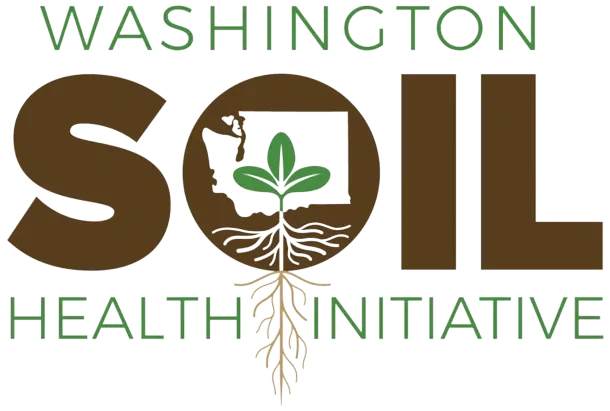Soil management in Washington’s dryland wheat: survey responses
Author: Dani Gelardi, Senior Soil Scientist and WaSHI Lead, Washington State Department of Agriculture
A new WSDA white paper sheds light on the “how and why” of soil management in Washington’s dryland wheat.
Soil management can lead to economic and soil health benefits
Wheat producers manage over 25% of Washington’s agricultural land and contribute up to $1 billion to its economy every year. Washington wheat is primarily grown in low rainfall zones without supplemental irrigation. As such, it is vulnerable to the impacts of climate change including increased drought, heat, and extreme weather events. Studies show that soil management may play a role in increasing farm resilience and the ability for growers to adapt to climate change.
While conservation practices like cover cropping or reduced-till may deliver benefits in some cases, however, results are not universal. Furthermore, multiple complex barriers may prevent conservation practice adoption, even when benefits are likely.
In Spring 2022 WSDA surveyed dryland wheat producers about their current and historic wheat production strategies, soil management challenges, the costs and benefits of conservation practices, and the impacts of the 2021 drought.
WSDA received 97 responses from producers in 12 counties, collectively managing over 450,000 acres across diverse rainfall zones and farm sizes. Of these acres, 72% are cultivated using reduced- or no-till, 13% receive organic matter amendments, 5% are grazed by livestock, and 3% are cover cropped. While impacts of the 2021 drought were near universal (97% reduced yield and 94% reduced soil moisture), respondents overwhelmingly reported benefits from the use of conservation practices, including increased yields and increased soil moisture.
The below table summarizes the benefits in soil health and long-term cost savings from each conservation practice included in the study.
But benefits are not universal and barriers to adoption are complex
Though benefits were experienced by the majority using conservation practices, adoption of most practices remains low. Respondents reported various barriers and challenges. For example, 82% of producers who practice reduced-till cited equipment costs as a challenge, while 50% who use conventional-till cited equipment costs as a barrier to tillage reduction. Reduced-till producers commonly reported purchasing the following: higher horsepower tractors (62%), additional drills (65%), mowers (51%), and self-propelled sprayers (49%). This equipment can cost producers well over $1 million.
By contrast, the majority of cover crop producers received incentive payments (60%), and did not report purchasing new equipment (70%). Instead, cover crop usage may be hindered by a lack of information about how to do so (20%), especially in areas in low rainfall zones (74%), or within the terms of crop insurance requirements (14%).
Survey responses highlighted the complexity of soil management decisions, with unique considerations for every farm. Other lessons included:
- Reduced or no-till adoption is high in Washington wheat, while the use of other practices such as cover cropping, livestock integration, and adding organic matter remains low.
- Producers using conservation practices overwhelmingly reported benefits, including increased yields, long-term cost savings, and increased farm resilience in the form of improved soil moisture retention and erosion resistance.
- The largest barrier to reducing tillage appears to be short-term equipment costs. By contrast, cover crop usage may be hindered by a lack of technical support. This information helps WSDA target future programs and policies towards addressing these nuanced and variable needs.
- Drought impacts were reported irrespective of soil management strategies. While conservation practices may play a role in increasing operational resilience, they should be used in combination with other climate adaptation strategies (e.g., crop rotation and diversification or new drought-tolerant wheat varieties) where possible.
To read more about WSDA’s survey of soil management in Washington’s dryland wheat, read the full report here.
This article was published by the Washington Soil Health Initiative. To have these posts delivered straight to your inbox, subscribe to the WaSHI newsletter.
To find a soil science technical service provider, visit the Washington State University Extension website or the Washington State Conservation District website.

